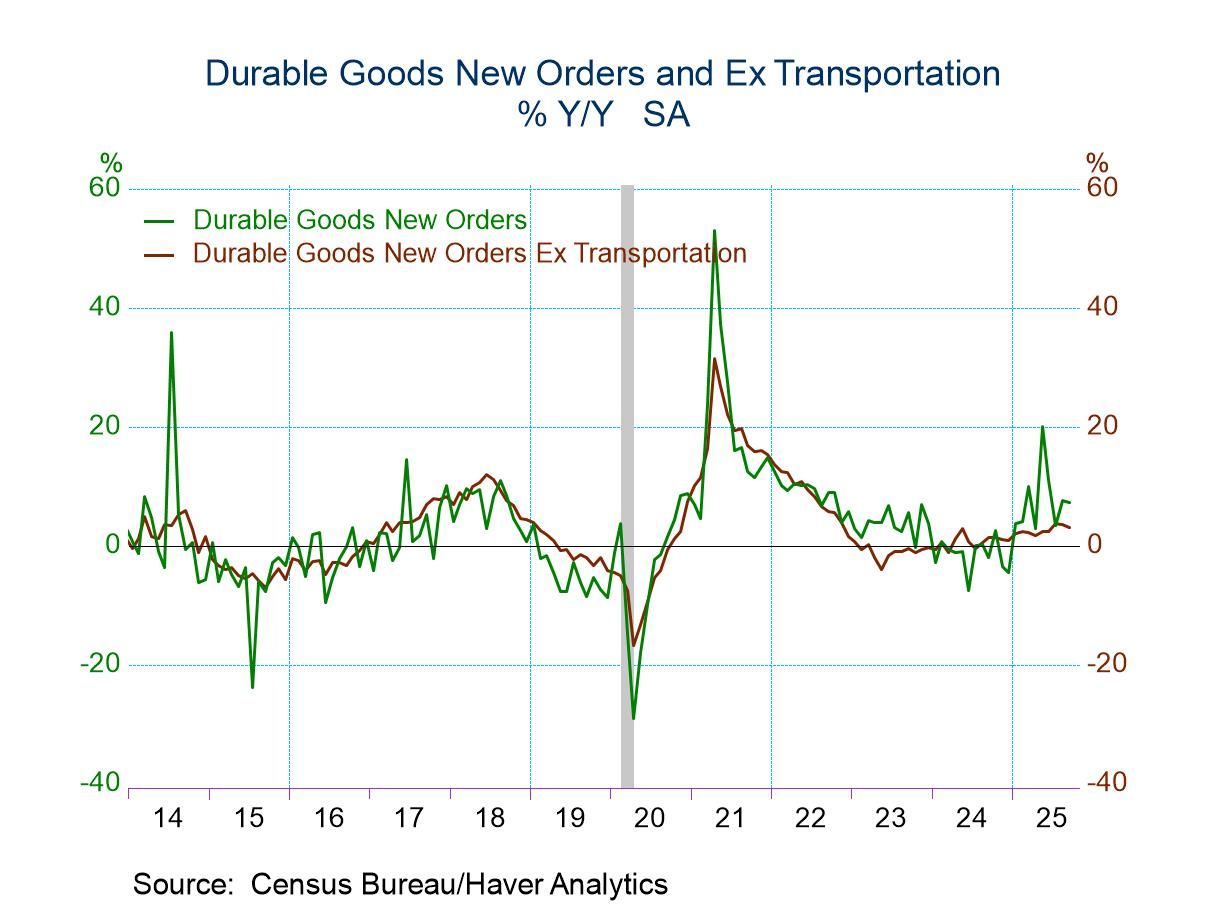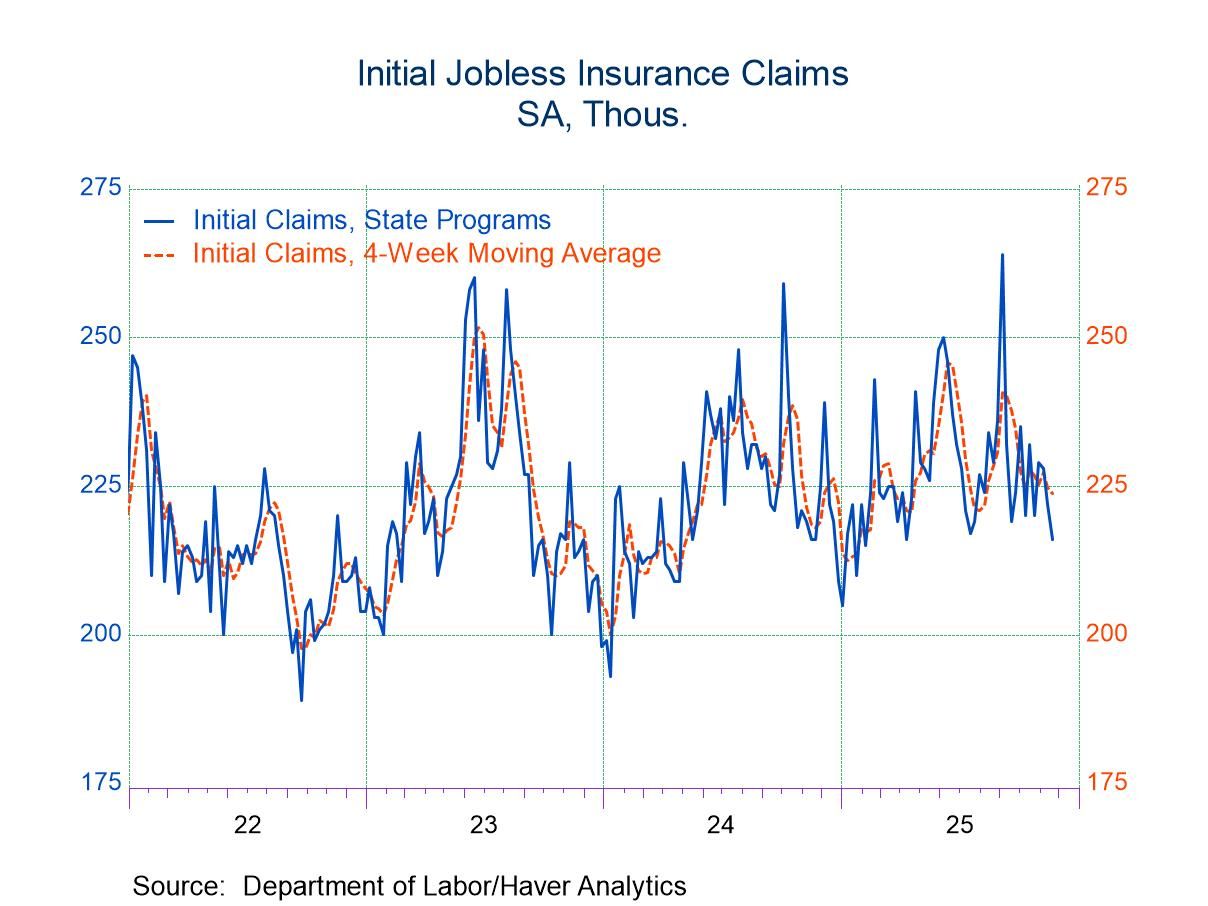Kansas City Fed Manufacturing Index Rises in July; First Positive Reading Since Sept. ’22
Summary
- July Composite Index at 1 reflects positive numbers in materials inventories (8) and new orders (2), while employment (-11) and production (-3) post negative readings.
- Price growth cools somewhat, w/ prices paid down 4 pts. to 47 and prices received down 3 pts. to 18.
- Expectations for future activity, while edging down to 8, remain in positive territory.
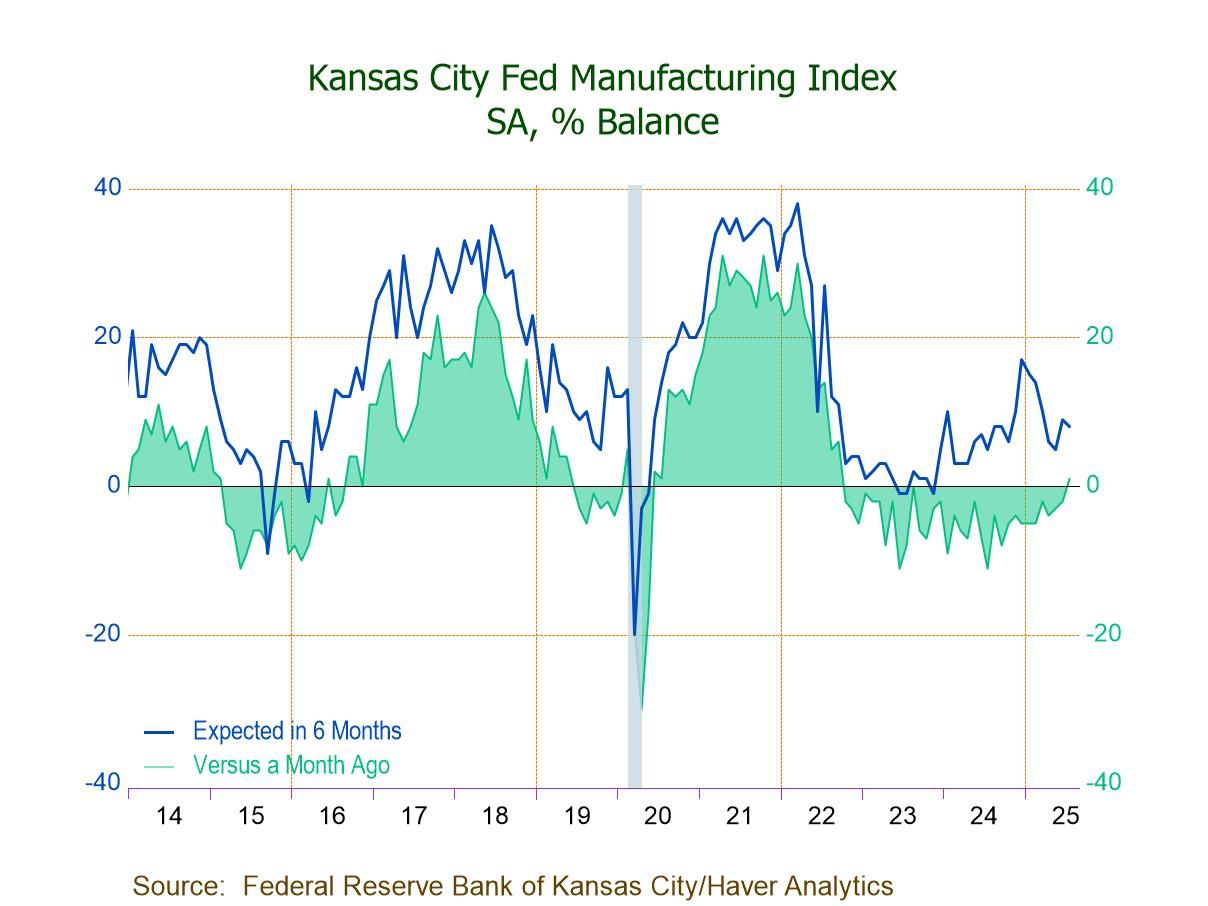
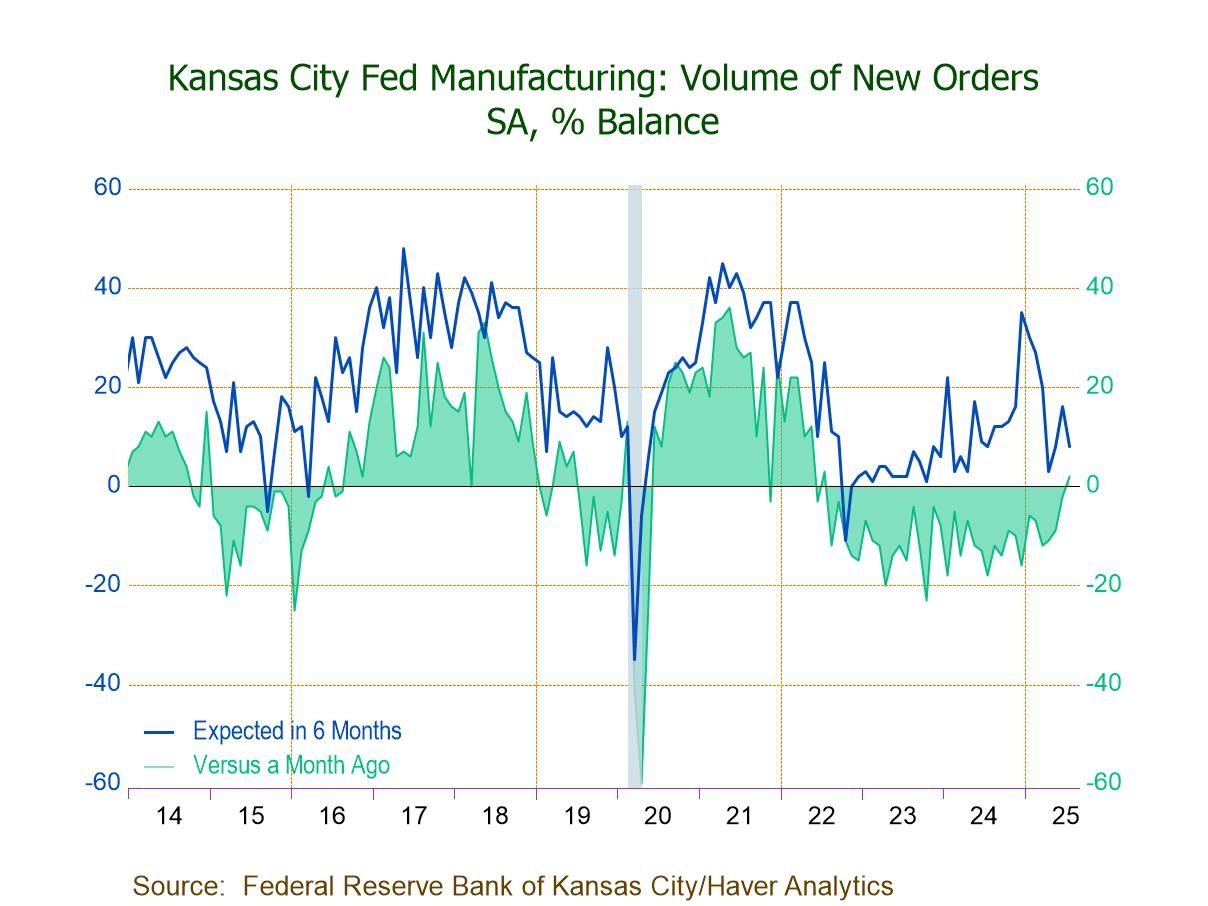
The Kansas City Fed manufacturing composite index inched up to 1 in July from -2 in June and -3 in May, the July 2025 Manufacturing Survey by the Federal Reserve Bank of Kansas City showed, indicating Tenth District manufacturing activity increased slightly this month. The headline index was last positive in September 2022 (with a reading of 6). The July index was up from -11 in July 2024 but well below a high of 30 in March 2022. “The increase from last month was driven by nondurable manufacturing, while durable manufacturing activity continued to fall,” the Kansas City Fed reported.
The ISM-adjusted index calculated by Haver Analytics rebounded to 50.2 (NSA) in July after a 1.3-point decline to 49.8 in June, indicating expansion in factory activity for the fourth time in five months. The latest ISM-adjusted figure was above a low of 43.7 in July 2024 but well below a record-high 68.9 in March 2022.
In the latest survey, the new orders index rose to 2 in July, the first positive reading and the highest since July 2022, after a seven-point increase to -2 in June. Thirty percent of respondents (NSA) reported orders gains in July while 33% reported declines. The production index, however, fell to -3 this month after a 15-point rebound to 5 in June; these readings were well below a high of 35 in March 2022. The shipments index decreased to 3 in July after an 18-point jump to 8 in June; thus, having remained down from a peak of 39 in March 2022.
The raw materials inventory index rose to 8 in July following a 12-point drop to -9 in June, registering the second positive reading in three months and the highest since September 2022. These figures were above a low of -17 in July 2024 but well below a high of 28 in March 2022. The order backlog index, having remained negative since October 2022, plunged to -30 in July, the lowest reading since September 2024, after a 12-point rebound to -11 in June; these numbers were significantly below a record-high 43 in July 2021. Meanwhile, the supplier delivery time index rose to 7 in July, the highest reading since April, after rising to 5 in June; these readings remained well below a high of 51 in March 2022.
On the labor front, the employment index declined to -11 in July after an 11-point drop to -8 in June, posting the fifth negative reading in six months and the lowest in three months. The index was down from a high of 30 in May 2022. A lessened 13% of respondents (NSA) reported increases in the number of employees in July while a steady 23% reported decreases.
On the pricing front, the prices received index for finished products fell to 18 in July following a four-point increase to 21 in June. These readings, while up from a low of -5 in September 2024, remained well below a high of 50 in June 2022 and a record-high 63 in August 2021. Twenty-one percent of respondents (NSA) reported higher prices received in July while 6% reported price declines. The prices paid index for raw materials fell to 47 this month after a 17-point jump to 51 in June. These figures were up from a low of -1 in October 2023 but significantly down from a high of 72 in April 2022 and a record-high 85 in October 2021.
Expectations for future activity continued to stay positive, with activity in most categories expected to gain. The expectations index for six months ahead was at 8 in July, slightly down from 9 in June and up from 5 in May. The expectations indexes for raw materials inventories (8) and supplier delivery time (5) rose in July, while those for production (14), shipments (11), new orders (8), and employment (4) fell for the month; nevertheless, they remained in positive territory. To the negative side, the expectations indexes for new orders for exports (-8), backlog of orders (-5), and capital expenditures (-4) registered negative readings. The expectations index for raw materials prices held steady at a still-high 64 in July compared to a low of 13 in June 2023; the index for finished goods prices was unchanged at 48 vs. a low of 15 in October 2023.
The latest survey was conducted for a six-day period from July 16-21, 2025 and included 105 responses from plants in Colorado, Kansas, Nebraska, Oklahoma, Wyoming, northern New Mexico, and western Missouri.
The series dates back to July 2001. The diffusion indexes are calculated as the percentage of total respondents reporting increases minus the percentage reporting declines. The composite index is an average of the production, new orders, employment, supplier delivery time, and raw materials inventory indexes. Data for the Kansas City Fed Survey can be found in Haver’s SURVEYS database.
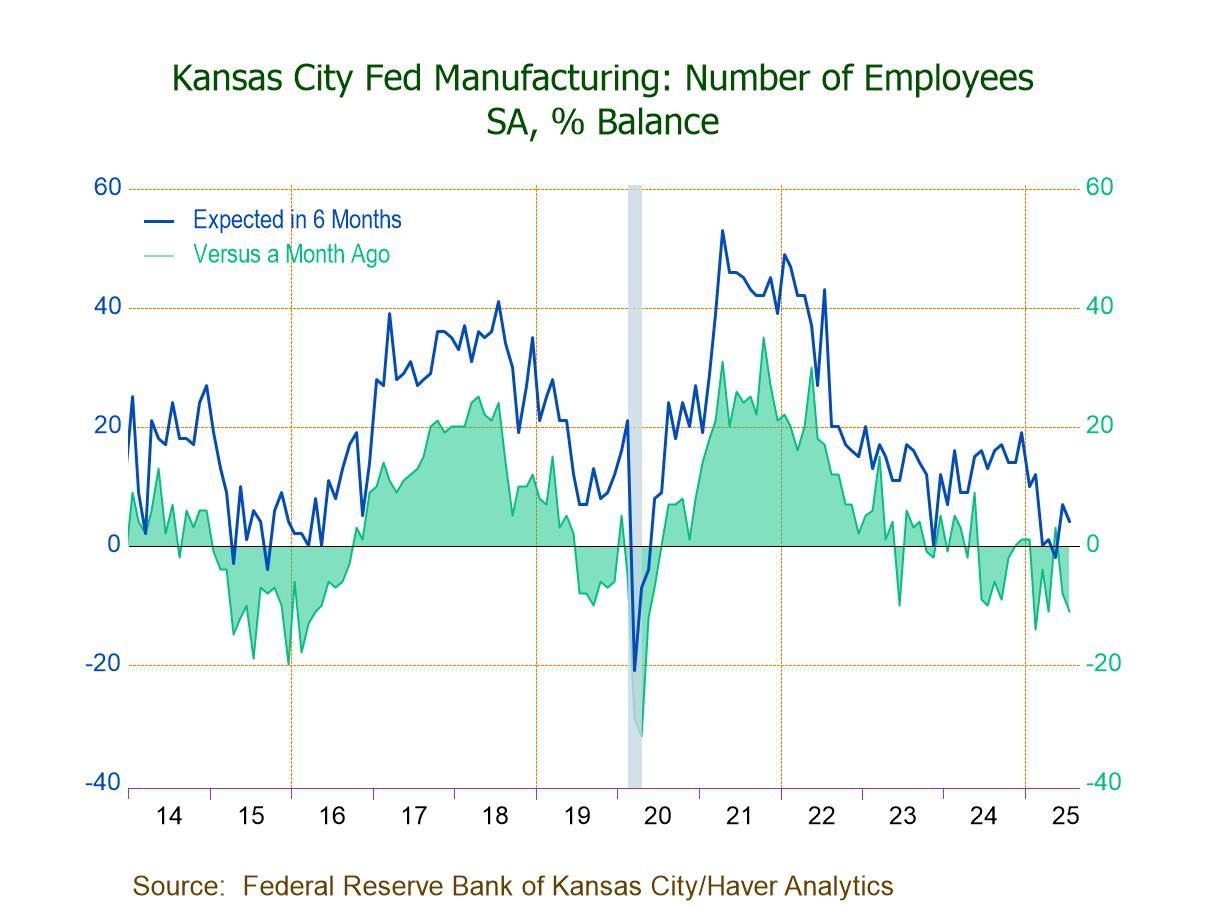
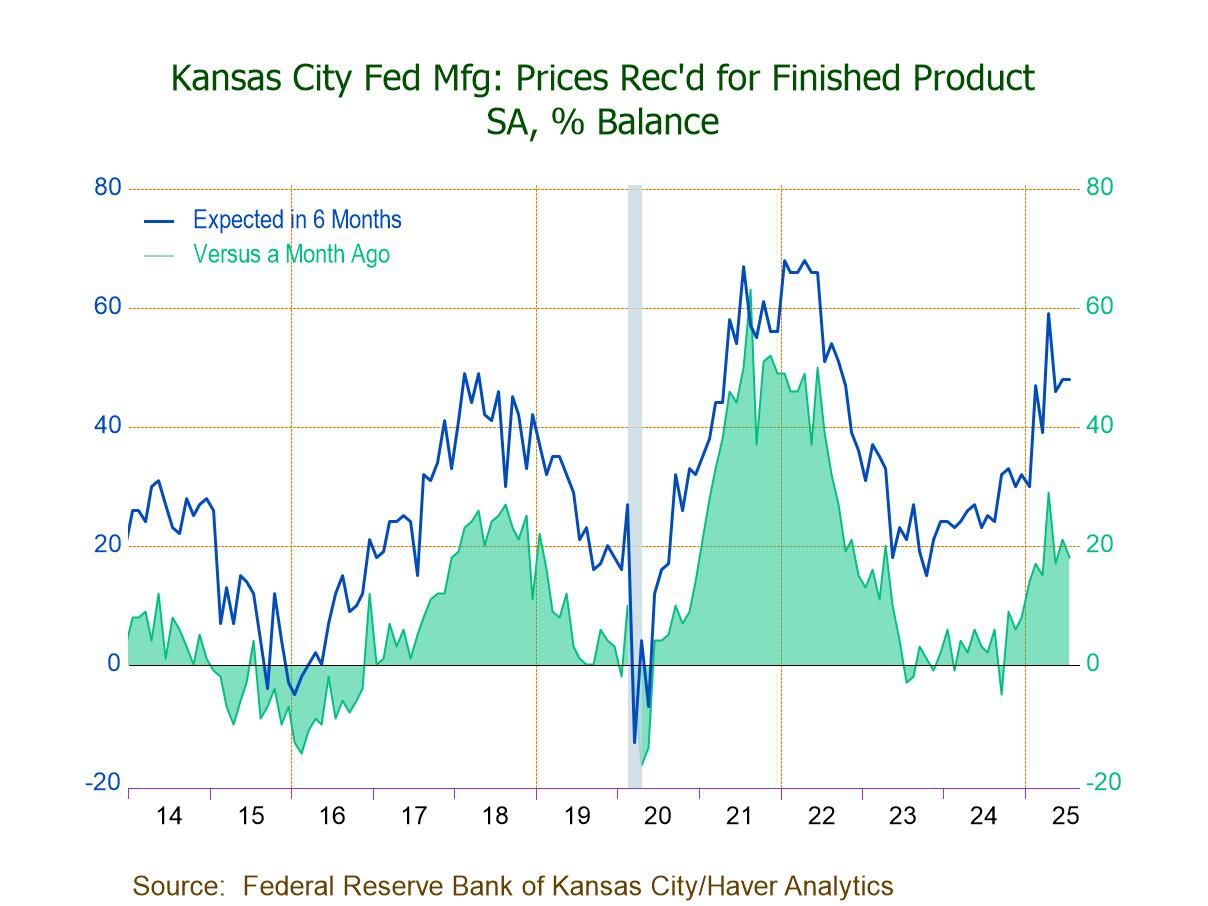
Winnie Tapasanun
AuthorMore in Author Profile »Winnie Tapasanun has been working for Haver Analytics since 2013. She has 20+ years of working in the financial services industry. As Vice President and Economic Analyst at Globicus International, Inc., a New York-based company specializing in macroeconomics and financial markets, Winnie oversaw the company’s business operations, managed financial and economic data, and wrote daily reports on macroeconomics and financial markets. Prior to working at Globicus, she was Investment Promotion Officer at the New York Office of the Thailand Board of Investment (BOI) where she wrote monthly reports on the U.S. economic outlook, wrote reports on the outlook of key U.S. industries, and assisted investors on doing business and investment in Thailand. Prior to joining the BOI, she was Adjunct Professor teaching International Political Economy/International Relations at the City College of New York. Prior to her teaching experience at the CCNY, Winnie successfully completed internships at the United Nations. Winnie holds an MA Degree from Long Island University, New York. She also did graduate studies at Columbia University in the City of New York and doctoral requirements at the Graduate Center of the City University of New York. Her areas of specialization are international political economy, macroeconomics, financial markets, political economy, international relations, and business development/business strategy. Her regional specialization includes, but not limited to, Southeast Asia and East Asia. Winnie is bilingual in English and Thai with competency in French. She loves to travel (~30 countries) to better understand each country’s unique economy, fascinating culture and people as well as the global economy as a whole.



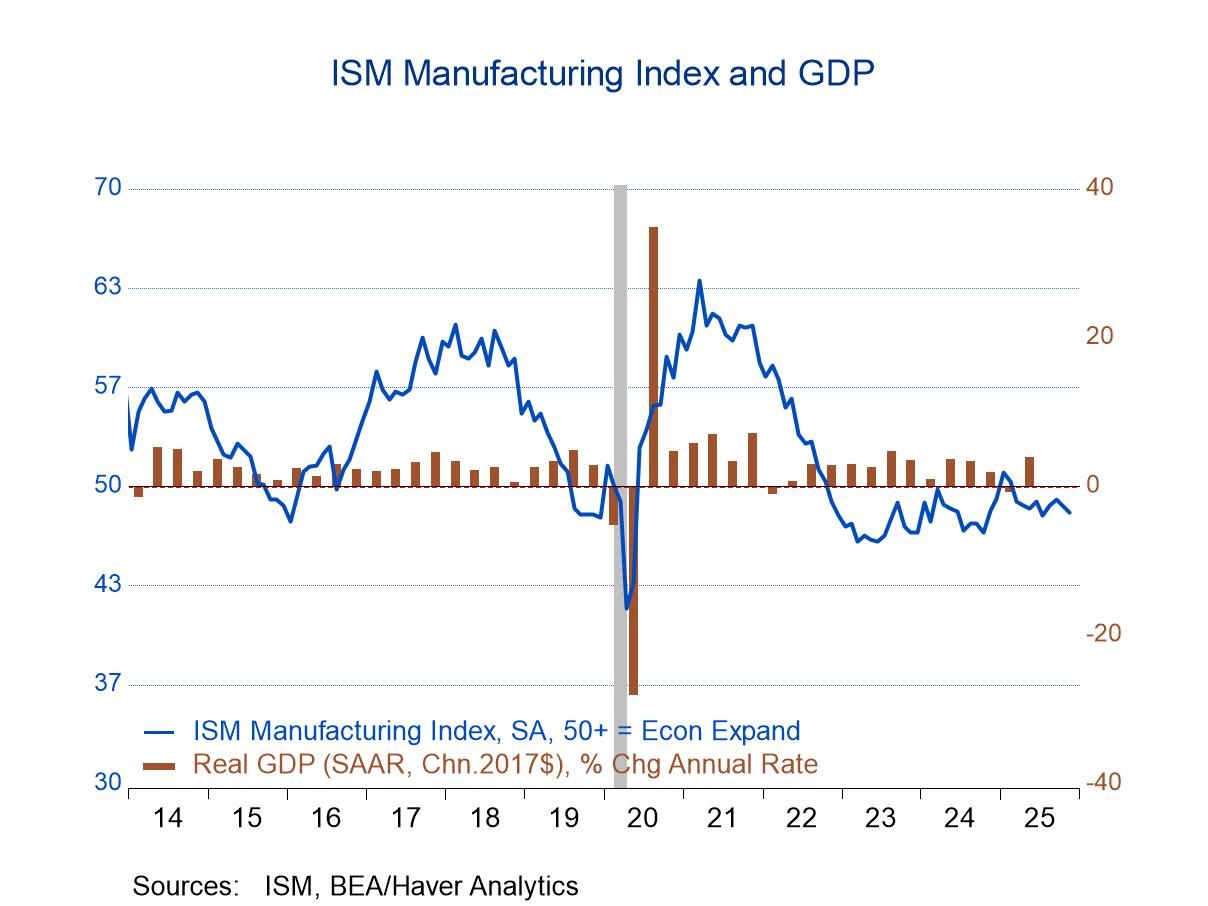
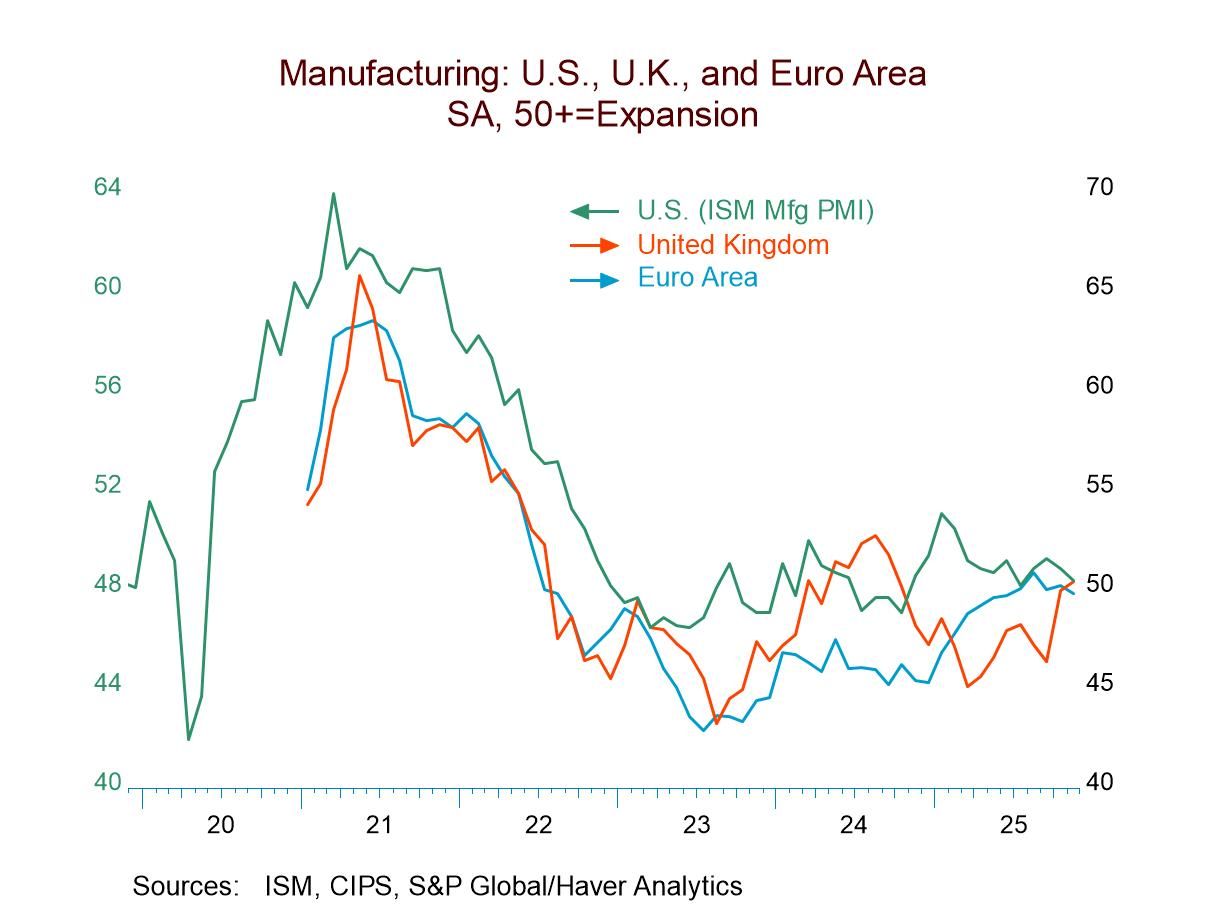
 Global
Global